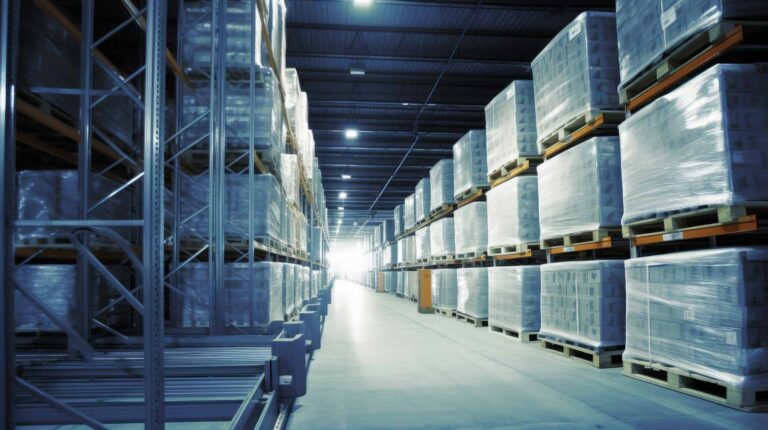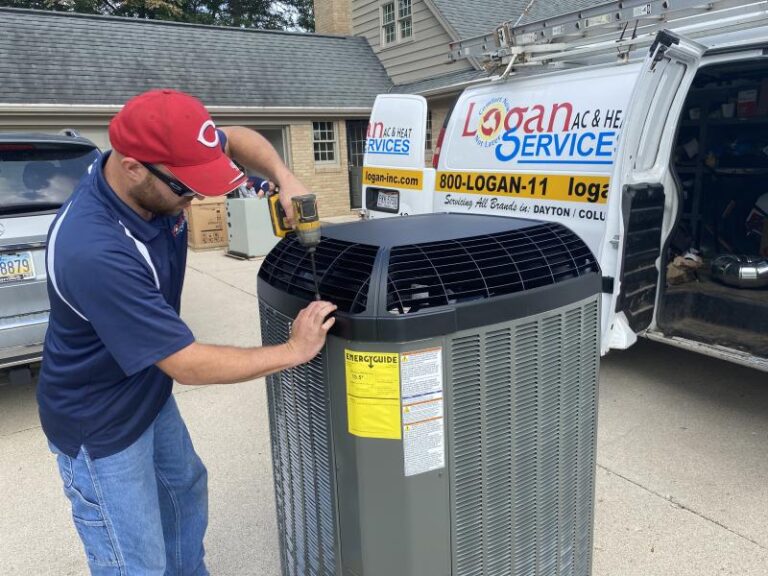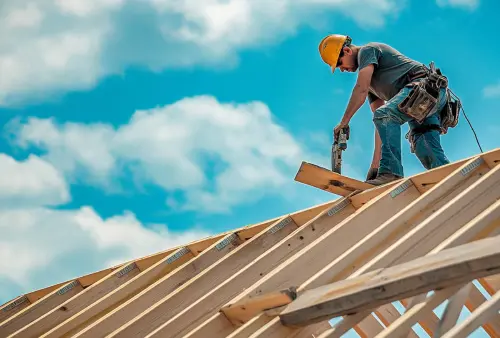Keeping Waterways Clean: Why Hydrodynamic Separators Are Mandatory in Urban Projects
Cities are growing faster than ever, and with that growth comes a hidden problem: dirty water rushing into our rivers and lakes every time it rains. Roads, parking lots, and rooftops don’t soak up water the way soil and grass do, which means everything from trash and oil to plastic and chemicals gets carried straight into local waterways. Over time, this pollution damages wildlife, harms drinking water, and even leads to costly cleanups for communities and businesses.
That’s why more cities and regulators are no longer leaving it as a choice; they’re requiring solutions that actually prevent the mess from spreading. One of the most effective tools being put in place today is the hydrodynamic separator, a smart system designed to catch pollutants before they enter the water supply.
In this blog, we will explore why these systems are becoming mandatory in urban projects and how they can protect both the environment and your investment.
The Urban Runoff Problem: Why Traditional Drainage No Longer Works
When rain falls on natural ground, soil and plants absorb and filter it. In cities, hard surfaces like asphalt and concrete change that process. Water rushes off quickly, carrying pollution with it. Old drainage systems only move the water away; they don’t clean it. This creates serious problems for waterways, including:
- Sediment: mud, dust, and debris that cloud water and smother fish habitats
- Oil and Fuel: leaks from cars and trucks that poison streams and rivers
- Trash and Plastics: bottles, bags, and microplastics that harm wildlife
- Chemicals and Fertilizers: from lawns and landscaping that cause algae growth
- Heavy Metals: such as zinc, copper, and lead, from rooftops and vehicles
The outcome is the same every time: dirty runoff flows straight into rivers and lakes, damaging ecosystems and raising cleanup costs for communities. Traditional drains can’t handle today’s pollution challenges.
What Are Hydrodynamic Separators?
Hydrodynamic separators are special stormwater treatment units designed to clean polluted runoff before it reaches rivers, lakes, or drainage systems. Instead of just moving water away, they use a swirling or vortex motion to separate pollutants from the flow. Here’s how they work in simple terms:
- Heavy particles, such as sand, grit, and dirt, settle to the bottom.
- Floatables, such as trash, plastics, and oils, rise to the top and become trapped.
- Cleaner water exits the system and continues into storm drains or treatment areas.
Because of their compact size and efficiency, hydrodynamic separators are widely used in cities where space is limited. They act as the first line of defense against dirty runoff, protecting waterways and reducing cleanup costs.
Why Hydrodynamic Separators Are Becoming Mandatory
More cities and regulators are requiring hydrodynamic separators (HDS) in urban projects because they solve problems that traditional drainage systems cannot. They not only prevent pollution but also reduce costs, save space, and protect long-term investments in infrastructure. Below are the main reasons why HDS technology is quickly moving from optional to mandatory.
- Real Cost Savings
Cleaning rivers, lakes, or storm drains after pollution has spread is far more expensive than stopping it at the source. Hydrodynamic separators trap sediment, trash, and oils before they travel downstream. This means:
- Less money spent on dredging clogged ponds or pipes
- Fewer fines for water quality violations
- Longer lifespan for existing stormwater systems
For developers and cities, HDS units act as cost-saving insurance against future cleanup bills.
- Space Limits in Cities
Urban land is expensive and often fully built out. Large stormwater ponds or wetlands are not always possible. Hydrodynamic separators solve this problem because they:
- Fit underground in small spaces such as roadsides or parking lots
- Handle large volumes of runoff without needing extra land
- Allow developers to meet regulations without sacrificing valuable real estate
Their compact footprint makes them the practical choice in dense urban areas.
- Climate Change Impacts
Stronger and more frequent storms are washing greater amounts of pollutants into waterways. Old drainage systems were never designed for today’s rainfall patterns. Hydrodynamic separators help cities adapt by:
- Capturing higher loads of sediment and trash during heavy rains
- Preventing harmful spills from overwhelming rivers and lakes
- Reducing long-term risks linked to climate-driven flooding
This resilience makes them an essential part of climate-ready infrastructure.
- Scalable Design
Not every project has the exact needs, which is why scalability matters. Hydrodynamic separators are available in different sizes and can be installed as single units or in series. This means they can:
- Work for small developments like retail sites
- Scale up for highways, airports, and large city projects
- Be retrofitted into older drainage systems without a complete redesign
This flexibility allows regulators to set one clear standard that works for projects of all sizes.
- Stricter Regulations
Stormwater rules are becoming tougher worldwide. Many municipalities now require pre-treatment devices before runoff is released into drains or natural water bodies. Hydrodynamic separators meet these rules because they:
- Provide measurable pollutant removal
- Offer a proven, engineered solution that regulators trust
- Make it easier for developers to get project approvals
With compliance tied to permits, HDS is increasingly mandatory rather than optional.
- Infrastructure Protection
Sediment and trash not only pollute rivers, but they also damage the stormwater network itself. Pipes clog, detention ponds fill too quickly, and treatment plants wear out faster. Hydrodynamic separators protect infrastructure by:
- Trapping harmful materials before they enter the system
- Reducing blockages and costly maintenance
- Extending the life of existing drainage assets
For cities managing limited budgets, this protection is critical.
- Consistent Performance
Unlike some green solutions that may fail in cold weather or dry seasons, hydrodynamic separators work reliably year-round. They:
- Operate in heavy rains, light showers, and snowmelt
- Require only routine maintenance to stay effective
- Deliver predictable results that regulators and engineers can count on
This reliability is why they are trusted as the first line of defense in stormwater management.
- Developer Compliance
For developers, project approval often hinges on meeting stormwater quality standards. With more municipalities requiring pre-treatment, installing HDS units is no longer optional. They help developers:
- Get faster approvals from regulators
- Avoid redesigns or costly compliance fixes later
- Demonstrate commitment to sustainable building practices
By meeting these expectations upfront, developers save both time and money.
Hydrodynamic separators are becoming mandatory because they address today’s urban challenges head-on. They save money, protect water, work in tight spaces, and perform consistently under changing climate conditions. For cities and developers, they are not just a compliance tool; they are a wise investment in long-term Sustainability.
Final Words
Keeping pollutants out of our rivers, lakes, and streams is no longer optional in growing cities. Hydrodynamic separators offer a practical, reliable, and space-efficient method for capturing trash, sediment, and oils before they reach waterways. By protecting the environment, reducing long-term maintenance costs, and helping developers meet regulations, these systems are becoming an essential part of modern urban projects. As cities continue to grow and storms become stronger, using hydrodynamic separators isn’t just smart planning; it’s a necessary step to keep our water clean and communities safe.
also read: The 10 Best AI Image Editors in 2025







